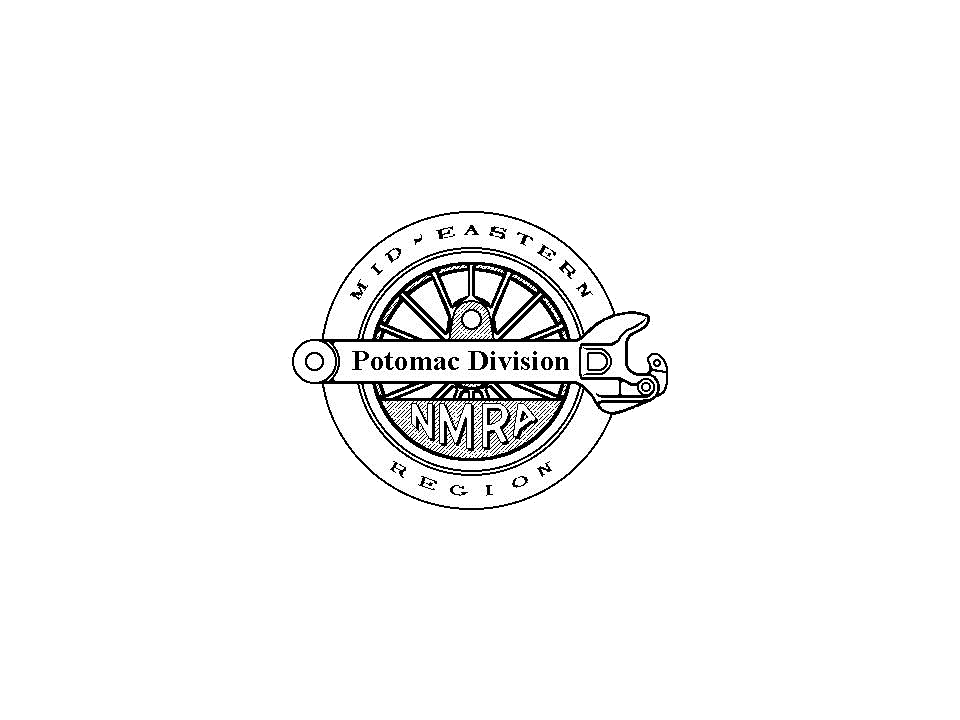MAKING A SPLASH
On Saturday June 28th, after an unintended and unguided 45
minute scenic country roads tour of western Fairfax County (so much for
Google Maps), I finally made it to Bill Lyder’s Whitewater and Virginia
railroad in Manassas, and a very nice railroad it was indeed. Based on
a free lanced design in HO scale, it represents the steam-diesel
transition period of the four major class one railroads that operated
in the Appalachian mountain areas of south western Virginia in the
early 50’s - the N&W, C&O, Southern, and the Virginian.
There are many scenic excuses for the “Whitewater” part, another one of
Bill’s interests; bridges and trestles of various shapes and sizes
abound, using commercial kits and parts available from sources such as
Micro Engineering, along with various detailed industries and
structures from Walthers and DPM that also provide multiple sites for
dropping off and picking up cars. In fact, the layout is pretty much
designed for operation, utilizing four separate staging yards each
representing a different distant feeder area to provide the trains. One
of them is in a smaller room connected to the main layout room by a
duck-under bridge. That room also has the steam servicing facilities
that include a sizeable turntable and a six stall roundhouse. Another
is housed in a closet; there are no wasted spaces on the W&V.
The railroad is constructed on two levels that are connected by a
helix, and all of it is DCC radio controlled. In addition, several of
his projects have qualified for the division’s AP certificates.
All of the track work is in place, as is most of the scenery, although
there are future plans to move some of it to provide additional
locations for operation; I thought that the clouds on the backdrop
along with the three dimensional effect and some of the rockwork used
to separate the levels were particularly well done. The aisles are
“tight” as he points out, but he still can accommodate five or six
engineers to run trains at operating sessions. He has also has included
a continuously operating loop so non-operation inclined visitors (me,
for example) can get to enjoy watching trains run too. On this day a
short freight was being hauled around by a former NYC K- 5 Pacific
lettered for the W&V. It was altogether a pleasant afternoon
and the brownies more than compensated for my getting lost.
Bob Rosenberg

